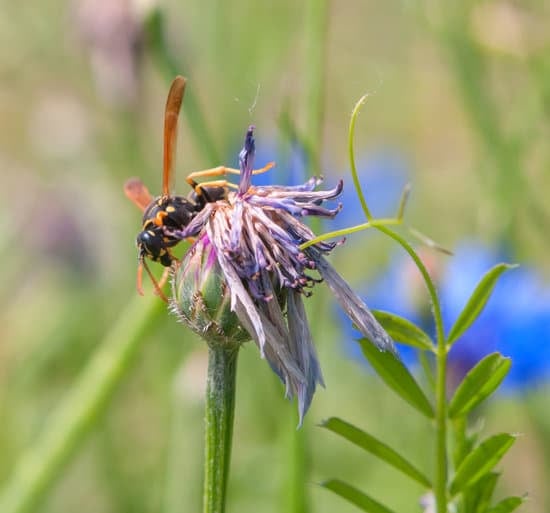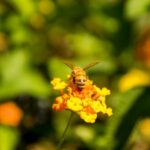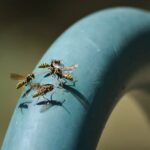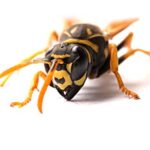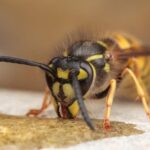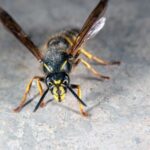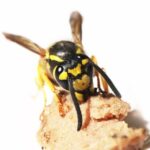How to Treat Allergic Reactions to Wasp Stings
Symptoms of allergic reactions to wasp stings can vary widely. Itching, redness and swelling may develop after a sting. People who are allergic to wasp stings need to seek medical help as soon as possible.
Anaphylaxis, a type of severe allergic reaction, can happen within minutes or hours after a sting. The reaction may result in swelling or oedema. The swelling may cause blistering or affect the airway. If the oedema is severe, it may be dangerous.
In most cases, allergic reactions to wasp stings are mild. Antihistamines can be used to reduce itching and swelling. It is also important to clean the area with soap and water and apply a cold compress. Symptoms usually subside over a week.
If you experience a severe allergic reaction, you may need to carry an epinephrine auto-injector with you. Epinephrine, also known as adrenaline, is a medication that can prevent the allergic reaction from worsening. Epinephrine should be administered as soon as possible.
The first step in treating allergic reactions to wasp stings is to wash the area with soap and water. It is important to keep the area clean and dry to prevent skin infection. You can apply colloidal oatmeal to the sting site to help soothe the skin. You can also apply calamine lotion to the area.
Another method of treating allergic reactions to wasp stings involves antihistamines. Antihistamines can be purchased at the store or prescribed by your doctor. Antihistamines may reduce itching and pain, but they can also cause drowsiness. Antihistamines are not recommended for pregnant women.
